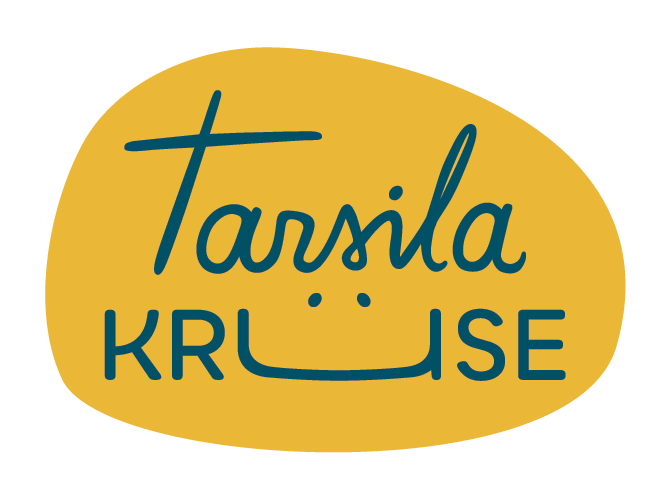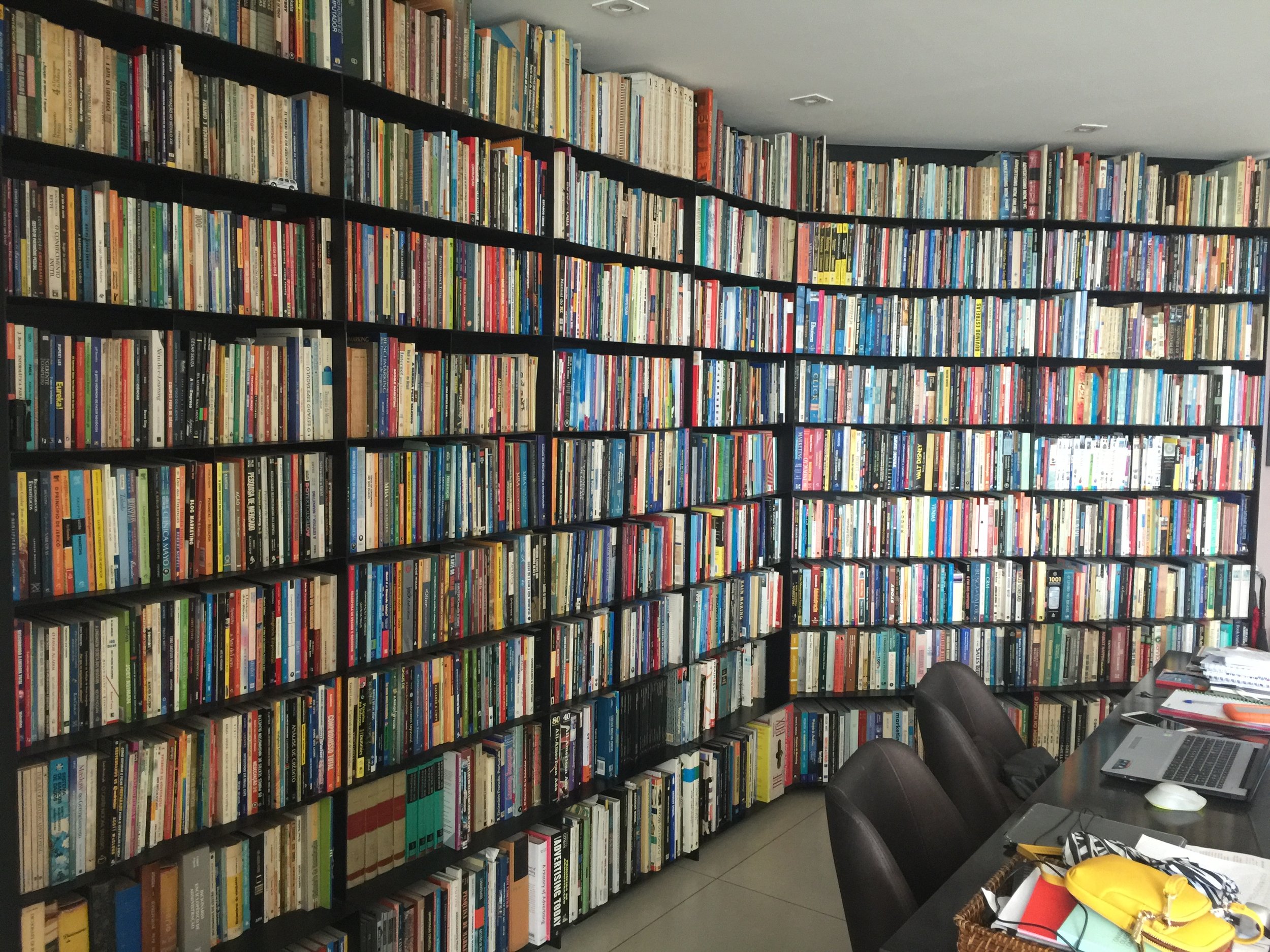This summer, I am hosting a workshop called "My Little Album of Summer" in partnership with Fingal Libraries at Baldoyle, Donabate and Swords Libraries. This workshop is designed to encourage exploration, discovery, and creativity inspired by my books "My Little Album of Dublin" and "My Little Album of Ireland" in collaboration with author Juliette Saumande, published by The O'Brien Press.
This workshop offers children a unique platform to express their creativity and self-expression by crafting their own little albums (folded zines). Through a blend of drawing and writing, the children can encapsulate their treasured summer moments and experiences in a medium that is uniquely their own. This not only fosters artistic expression but also provides a safe space for them to reflect on and appreciate the beauty of their summer adventures.
The 'My Little Album of Summer' workshop is a celebration of personal experiences, imagination, and storytelling. It guides children to cherish and remember the fleeting moments of summer while also providing a platform for them to share their unique perspectives with others.
While celebrating the participants' ingenuity, this workshop demonstrates the importance of imagination and individuality. It also highlights the significance of providing spaces where children can express themselves freely and confidently. It allows children to build self-esteem, develop their storytelling skills, and learn the value of creativity and self-expression.
So, as we embrace the vibrancy of the season, let's also embrace the creativity and storytelling skills of our young ones! Through the "My Little Album of Summer" workshop, children can record their favourite things, preserving their cherished memories and celebrating the unique experiences that make summer so special.
When facilitating workshops, I aim to foster children's creativity, providing a safe and encouraging space to unleash imagination through art, writing, and storytelling. It is a chance for children to build self-esteem and skills to express themselves creatively while having a blast. If you are a teacher, librarian or event organiser, check out my workshop services here.

































